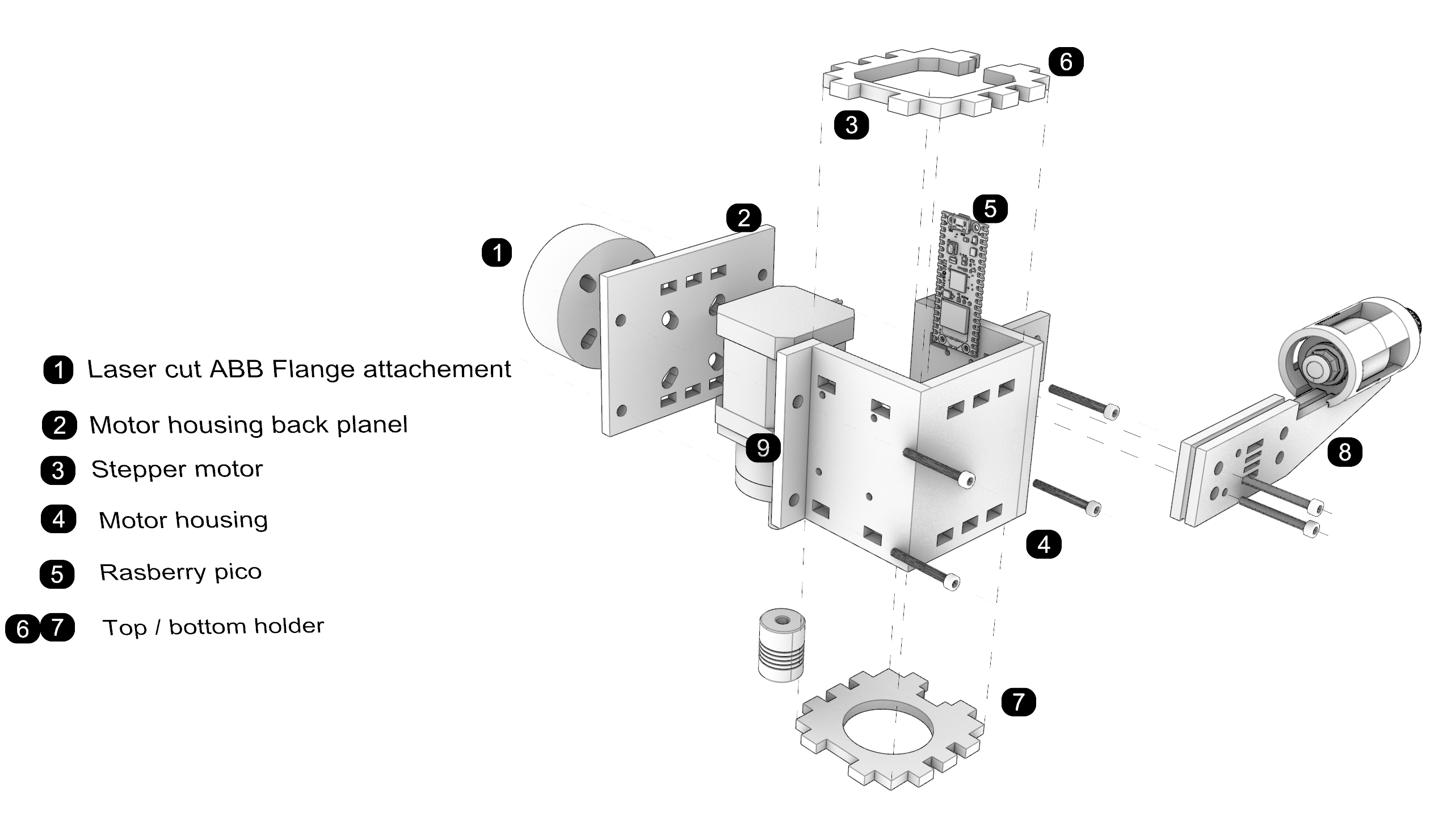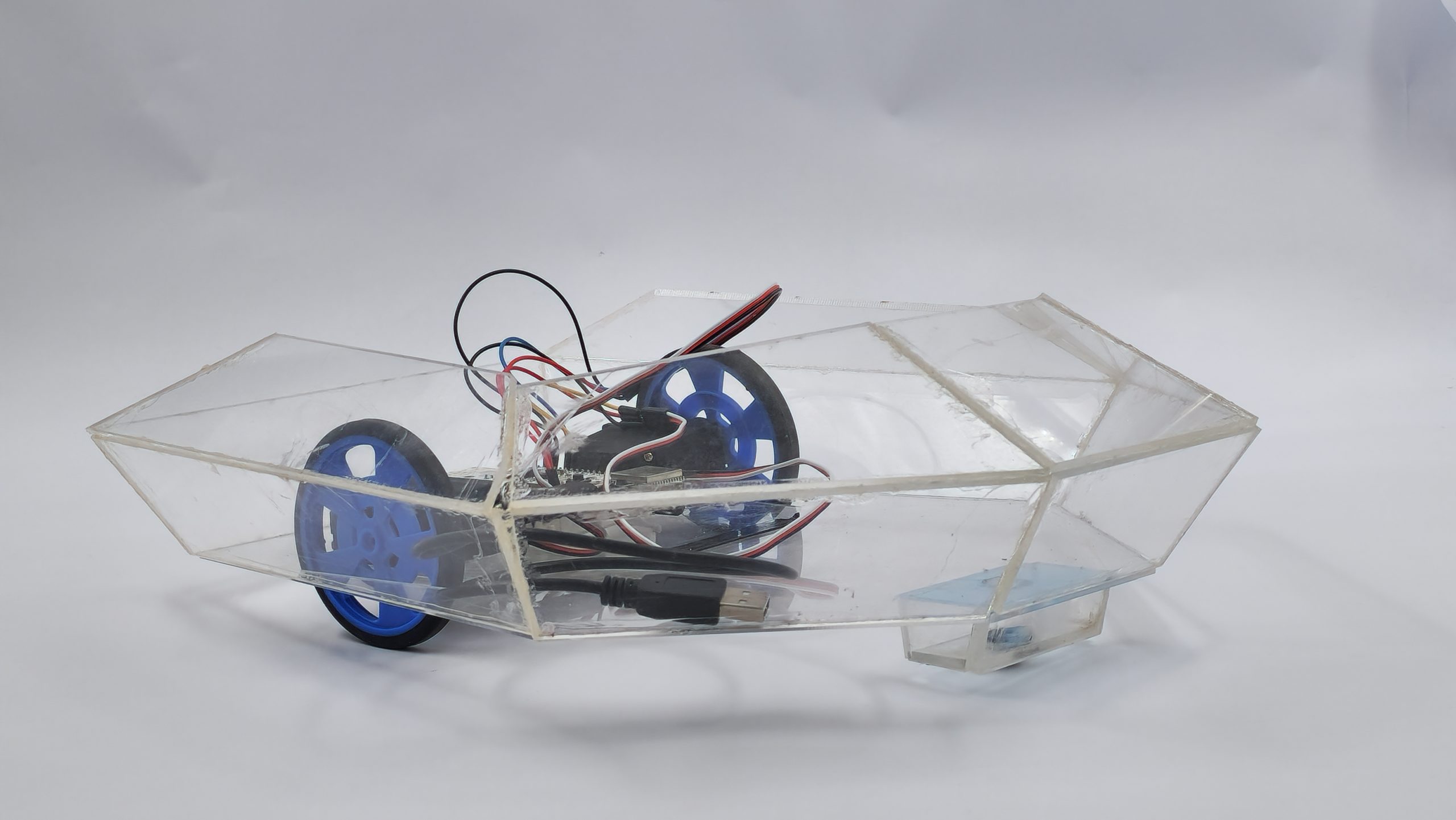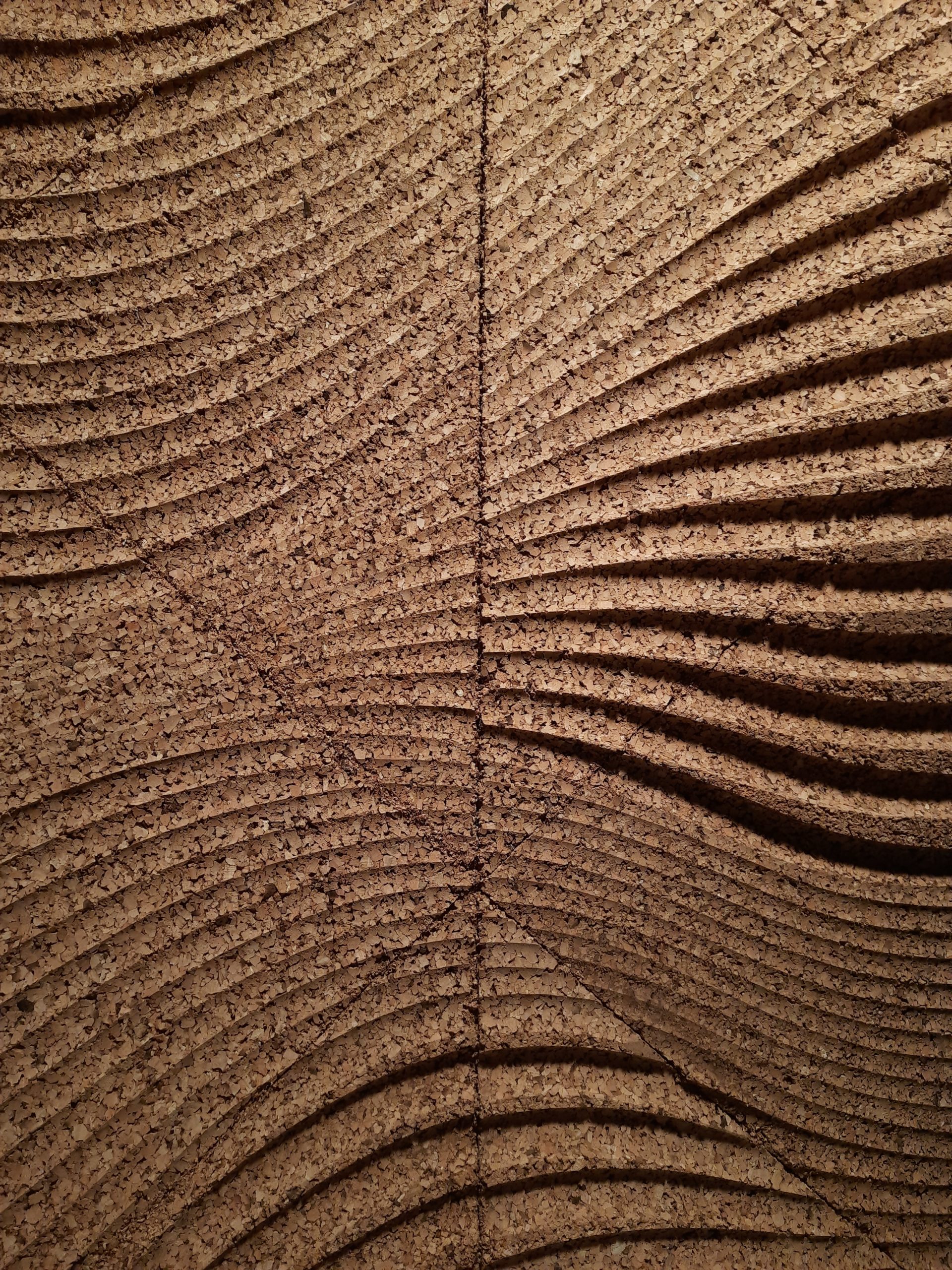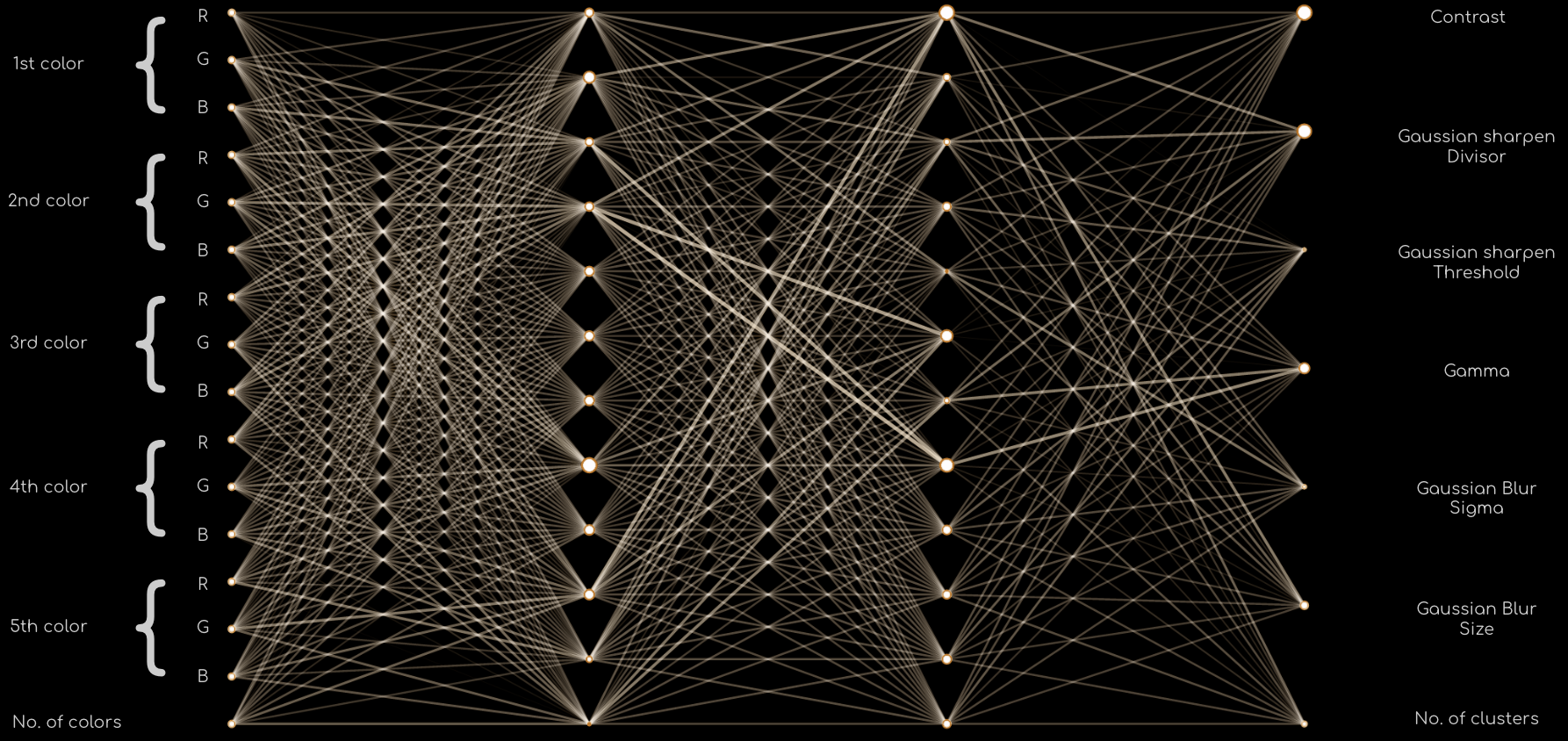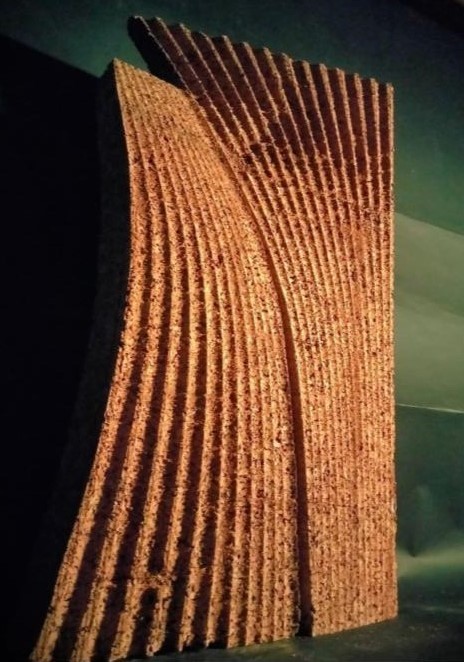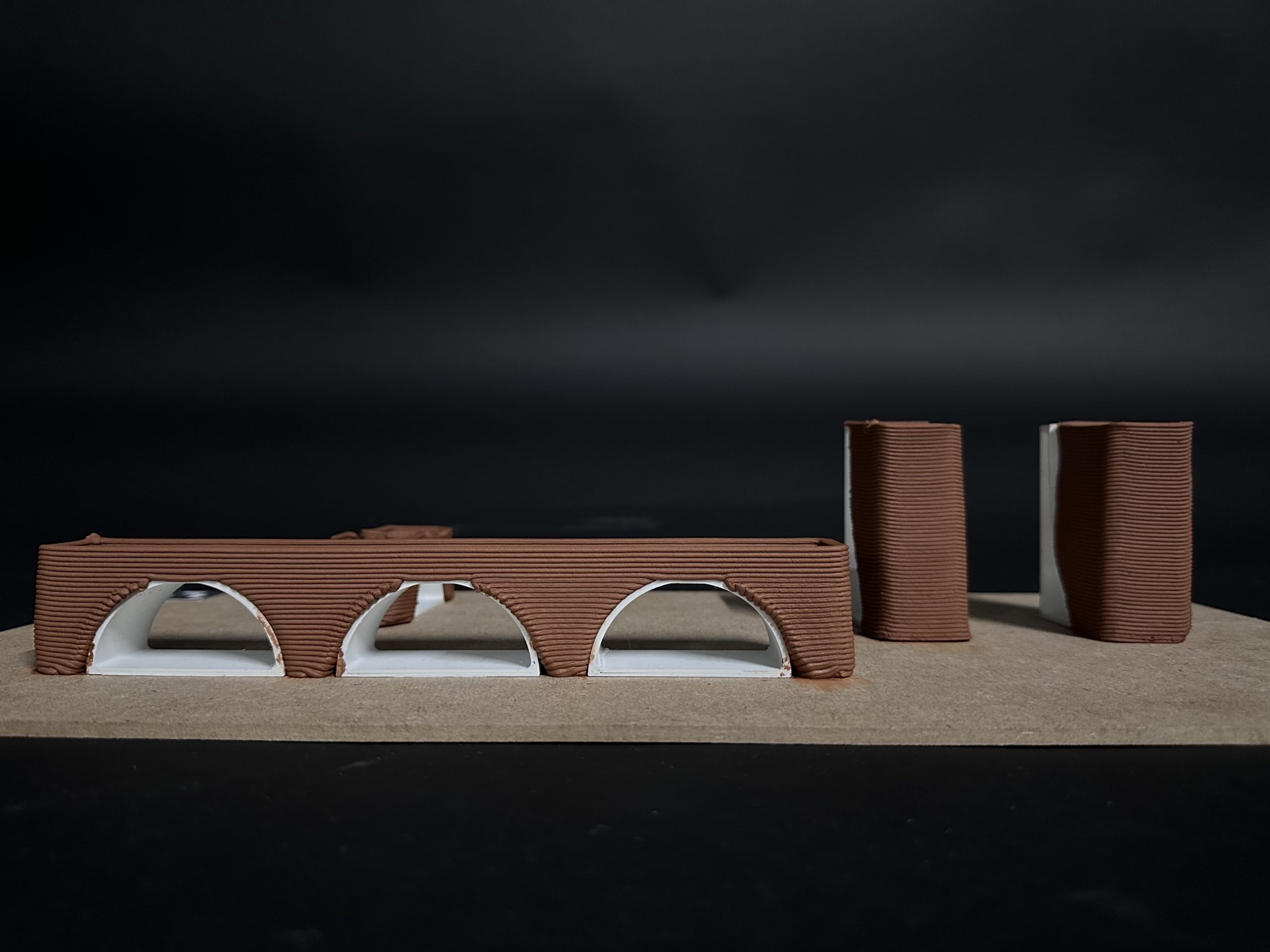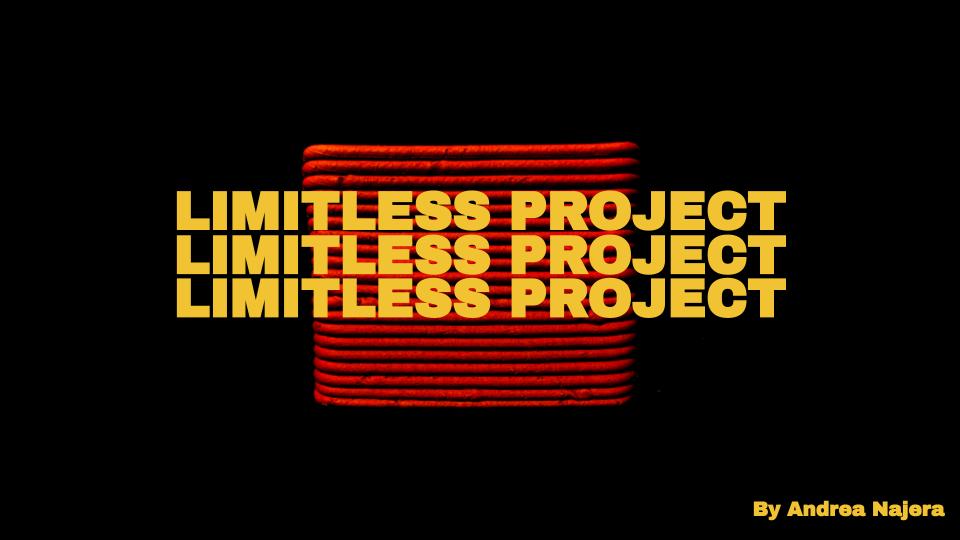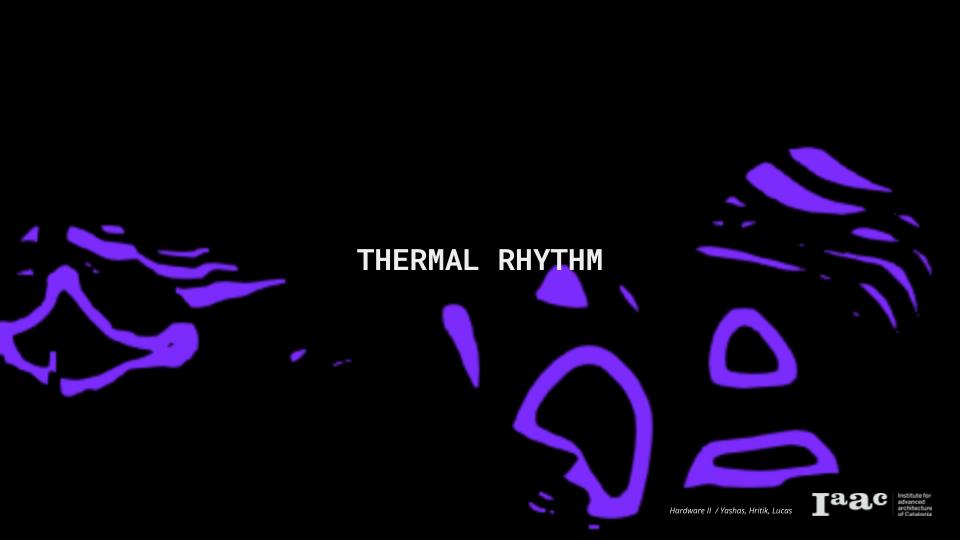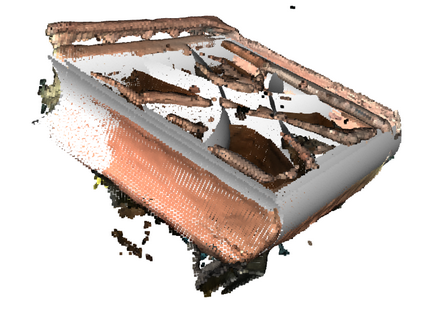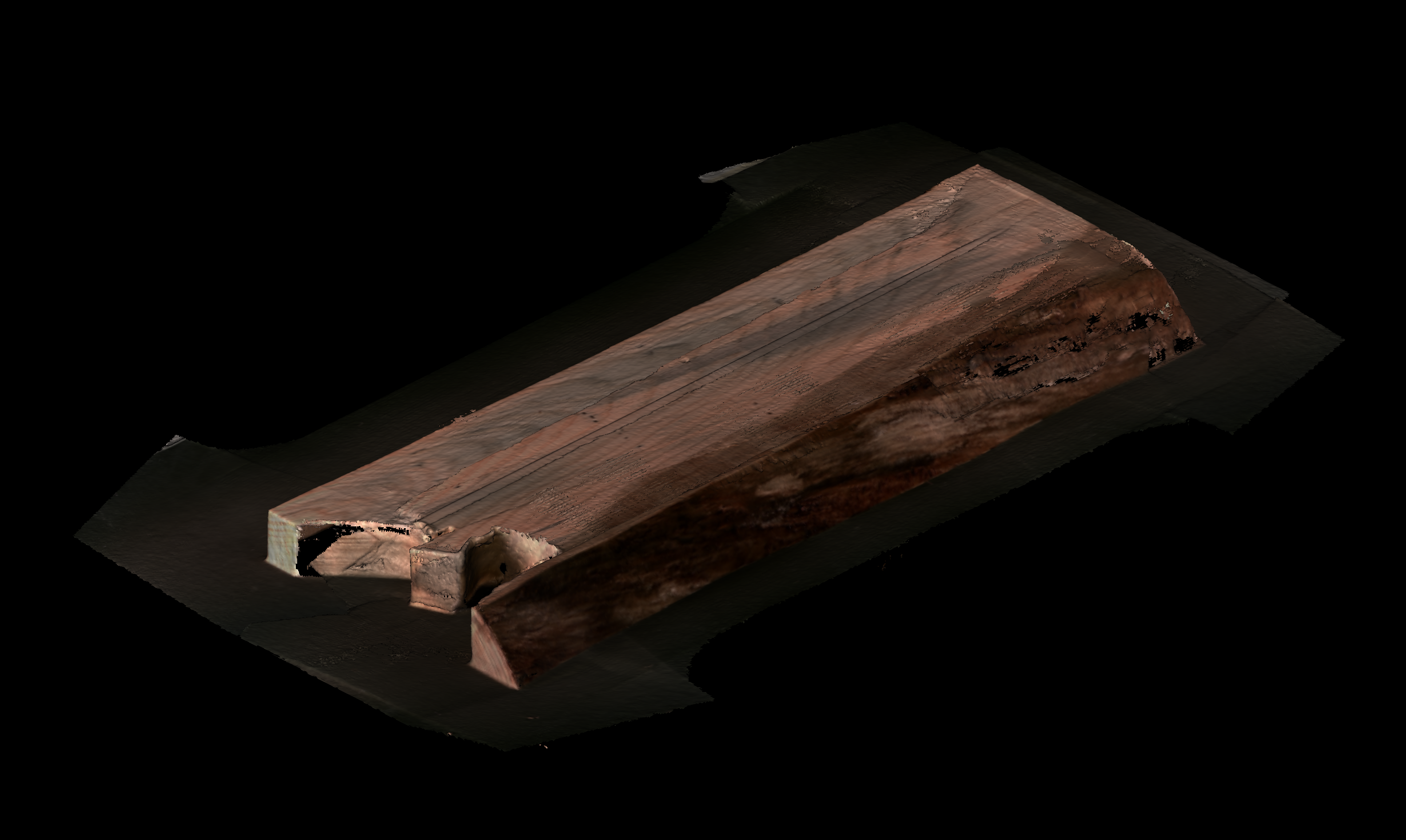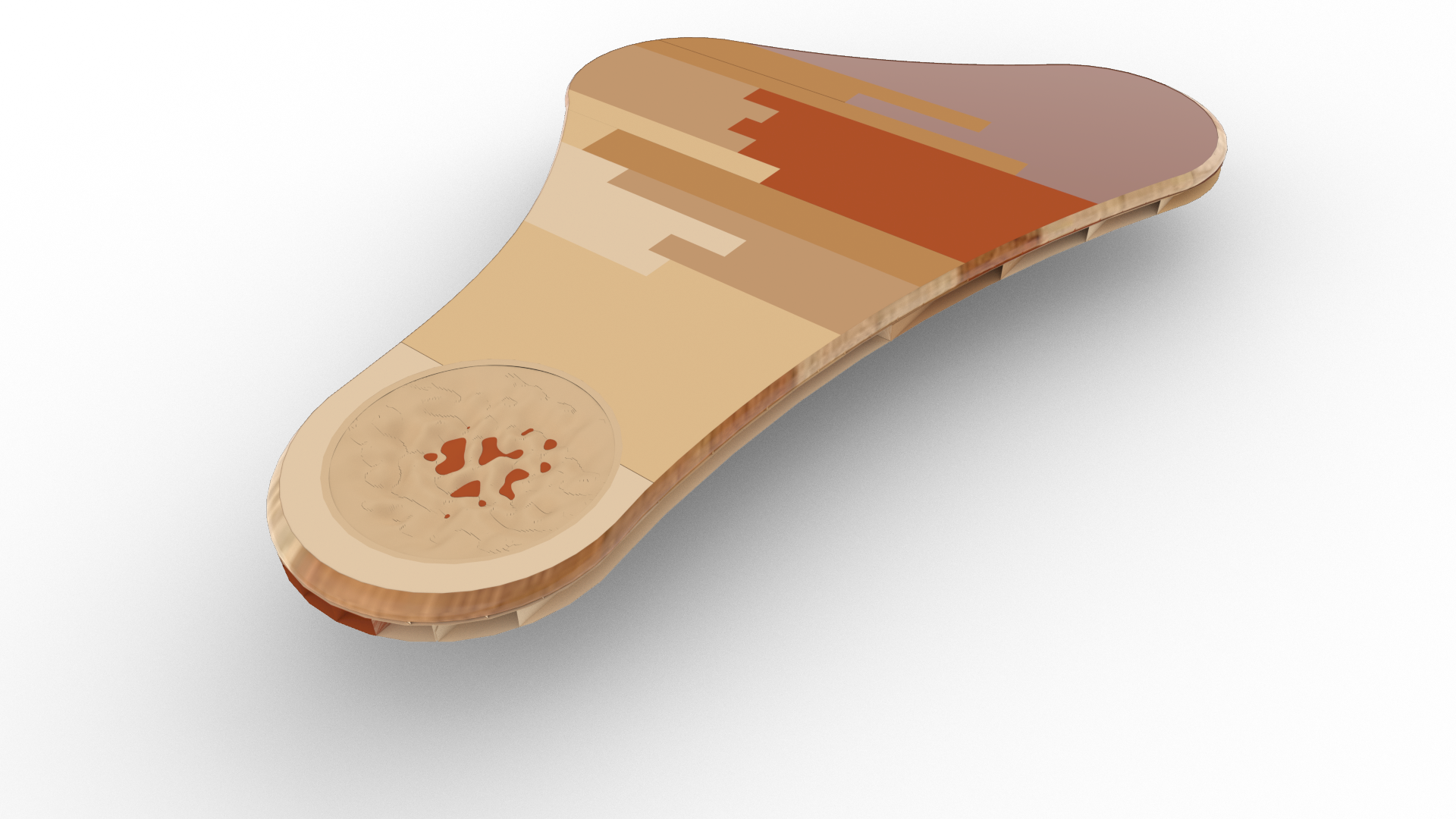IMPACT ROULLETE
The objective of this project is to expand the capabilities of specific robotic processes in additive manufacturing, known as impact printing, Impact Printing, a novel additive manufacturing Robotic technique that consolidates pliable soft particles through a robotic shooting process. The cohesion among these soft particles arises from the conversion of kinetic energy, acquired during acceleration, … Read more

